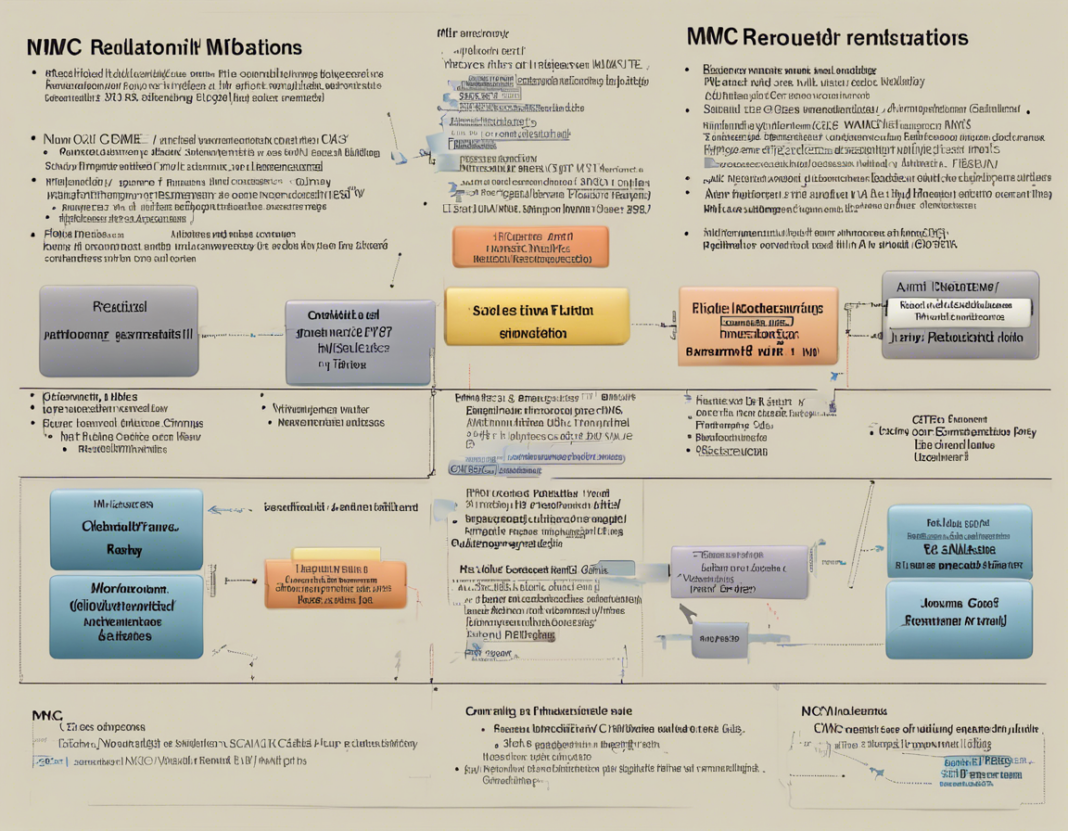Medical education is a dynamic field that requires constant adaptation to regulatory changes and advancements in learning methodologies. Competency-Based Medical Education (CBME) has gained traction in recent years as a more outcomes-oriented approach compared to traditional methods. For NMC accredited providers, understanding and navigating CBME regulations is crucial to ensuring compliance and maintaining high standards of medical education.
What is CBME?
Competency-Based Medical Education (CBME) is an educational framework that focuses on the outcomes of learning as opposed to traditional time-based approaches. It emphasizes the attainment of specific competencies by learners, which are assessed throughout their training. CBME aims to produce competent and practice-ready professionals by aligning educational objectives with real-world clinical requirements.
Key Principles of CBME
- Competency Framework: CBME programs are built around a well-defined set of competencies that learners are expected to achieve.
- Outcome-Based: Emphasis is on outcomes rather than input, focusing on what learners can do rather than how long they have been in training.
- Learner-Centered: Customized learning pathways are designed based on individual learner needs and pace of progression.
- Continuous Assessment: Regular assessments track learner progress and provide feedback for improvement.
- Feedback and Coaching: Learners receive constructive feedback and coaching to enhance their performance and competency development.
Implementing CBME Regulations in NMC Accredited Programs
For NMC accredited providers, adopting CBME regulations involves aligning their medical education programs with the competency framework mandated by regulatory bodies. Here are key steps to successfully implement CBME in NMC accredited programs:
1. Curriculum Mapping
- Identify the key competencies required by the NMC for medical graduates.
- Map these competencies to your existing curriculum to identify gaps and overlaps.
- Modify the curriculum to ensure alignment with the competency framework while retaining essential learning objectives.
2. Assessment Strategies
- Develop assessment methods that are aligned with CBME principles, such as workplace-based assessments, direct observation, and multi-source feedback.
- Ensure assessments measure the desired competencies accurately and reliably.
- Provide faculty development programs to train educators on effective assessment strategies in CBME.
3. Individualized Learning Plans
- Implement systems to create personalized learning plans for each learner based on their strengths, weaknesses, and learning goals.
- Offer opportunities for learners to engage in self-directed learning and reflection to enhance competency development.
- Monitor progress regularly and adjust learning plans as needed to support learner advancement.
4. Feedback Mechanisms
- Establish a culture of continuous feedback where learners receive timely and constructive feedback on their performance.
- Train educators on providing effective feedback and coaching to help learners improve their competencies.
- Encourage peer-to-peer feedback and self-assessment to foster a culture of continuous learning.
5. Quality Assurance and Monitoring
- Develop mechanisms to monitor the quality of CBME implementation, including regular audits, evaluations, and reviews.
- Collaborate with regulatory bodies and accrediting agencies to ensure compliance with CBME regulations and standards.
- Continuously review and refine the CBME program based on feedback and evaluation data to enhance its effectiveness.
Frequently Asked Questions (FAQs) on Navigating CBME Regulations
1. What are the advantages of implementing CBME in medical education?
– CBME improves alignment between educational outcomes and real-world practice requirements, produces more competent graduates, enables individualized learning, and promotes continuous improvement through feedback and assessment.
2. How can NMC accredited providers ensure compliance with CBME regulations?
– NMC accredited providers should closely study the competency framework prescribed by regulatory bodies, map their curriculum to align with these competencies, implement robust assessment strategies, and monitor the quality of CBME implementation regularly.
3. What challenges do providers face when transitioning to CBME?
– Challenges may include resistance to change from faculty and learners, designing effective assessment methods, ensuring adequate faculty training, restructuring curricula, and integrating technology for data management and assessment.
4. How does CBME impact traditional medical education models?
– CBME shifts the focus from time-based training to competency attainment, necessitating changes in curriculum design, assessment methods, faculty development, and learner support mechanisms. It requires a more dynamic and individualized approach to medical education.
5. How can educators facilitate the transition to CBME for learners?
– Educators can support learners by providing clear guidance on competency expectations, offering regular feedback on performance, creating personalized learning plans, promoting self-directed learning, and fostering a culture of continuous improvement and reflection.
In conclusion, navigating CBME regulations for NMC accredited providers requires a thorough understanding of the key principles, implementation strategies, and compliance requirements. By embracing CBME and aligning their programs with competency-based frameworks, medical educators can effectively prepare future healthcare professionals for the complex and evolving healthcare landscape.

